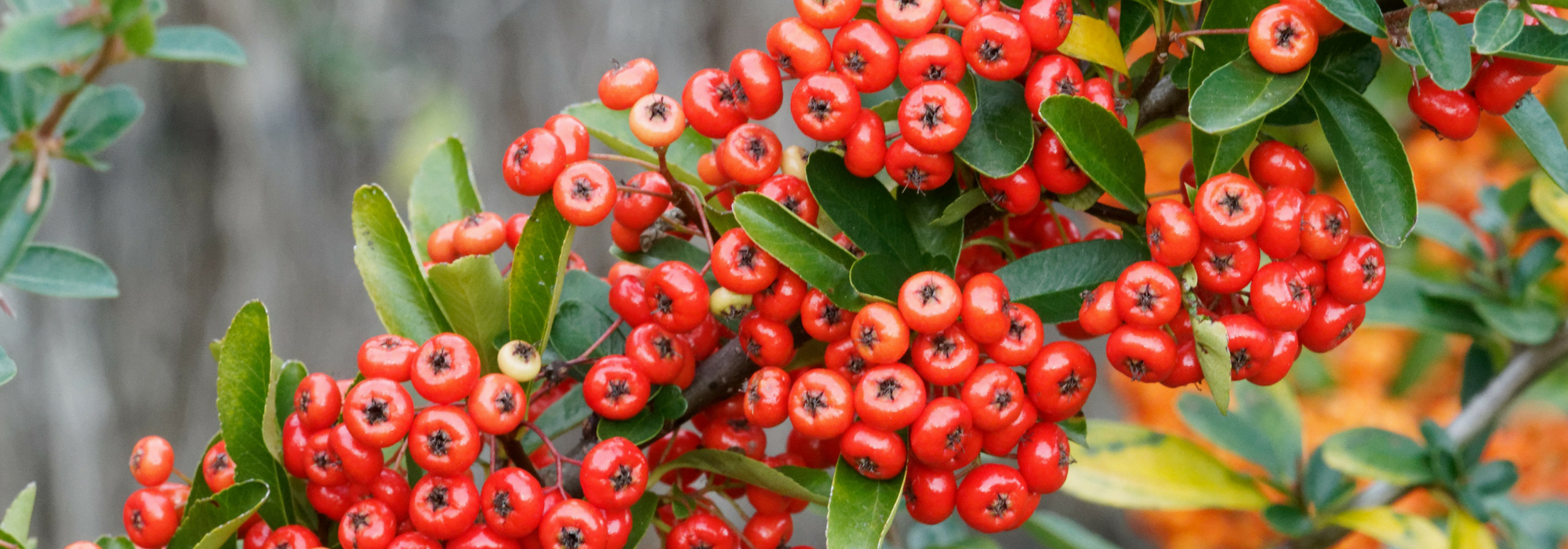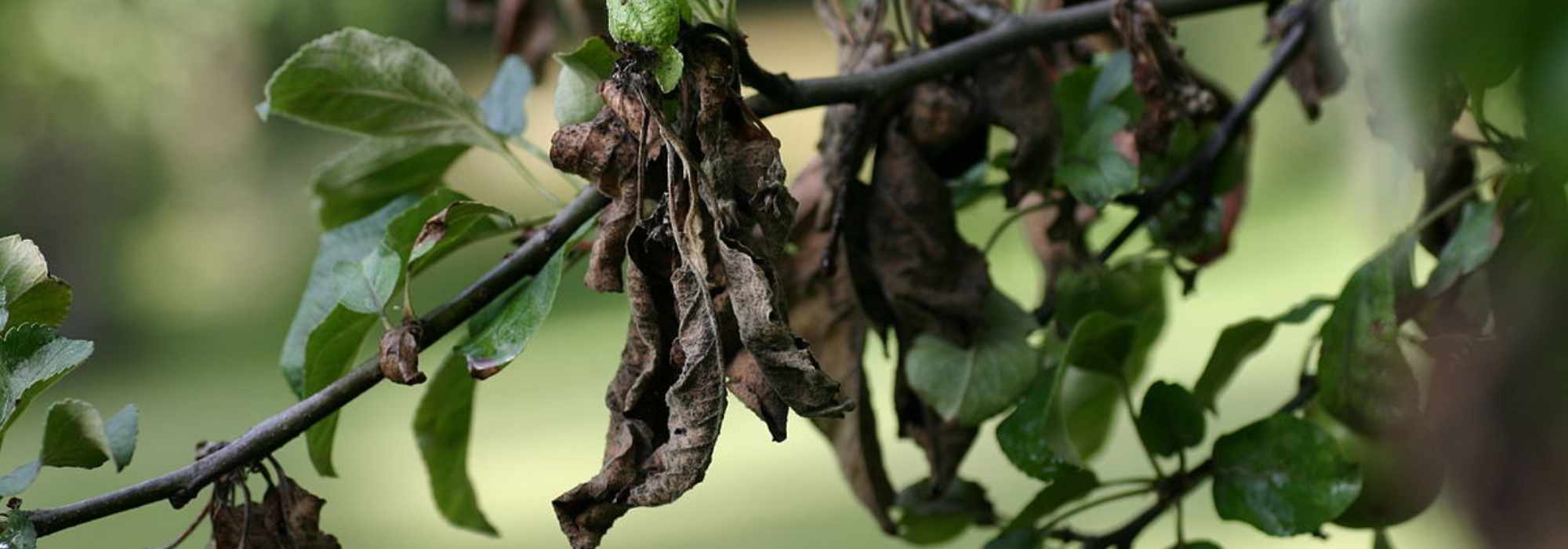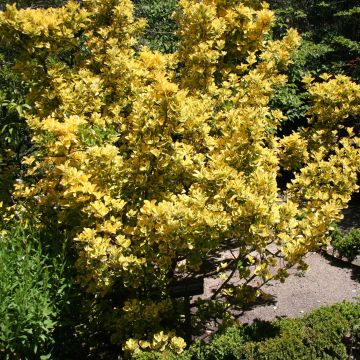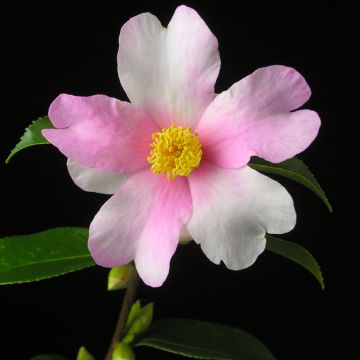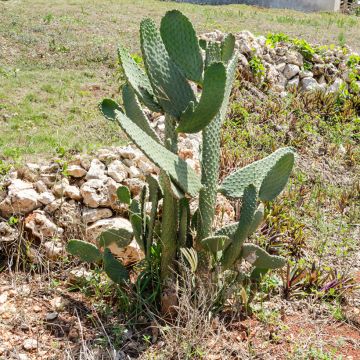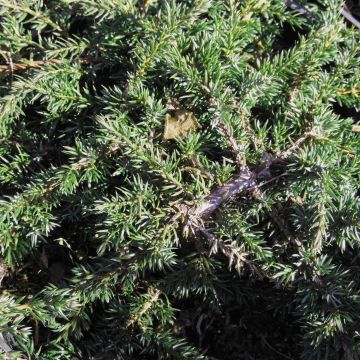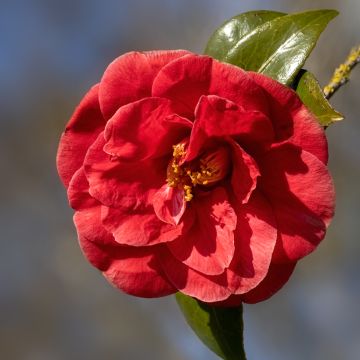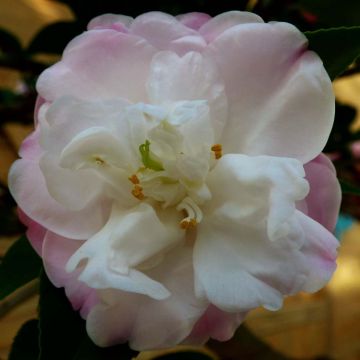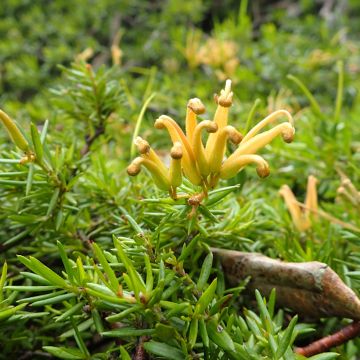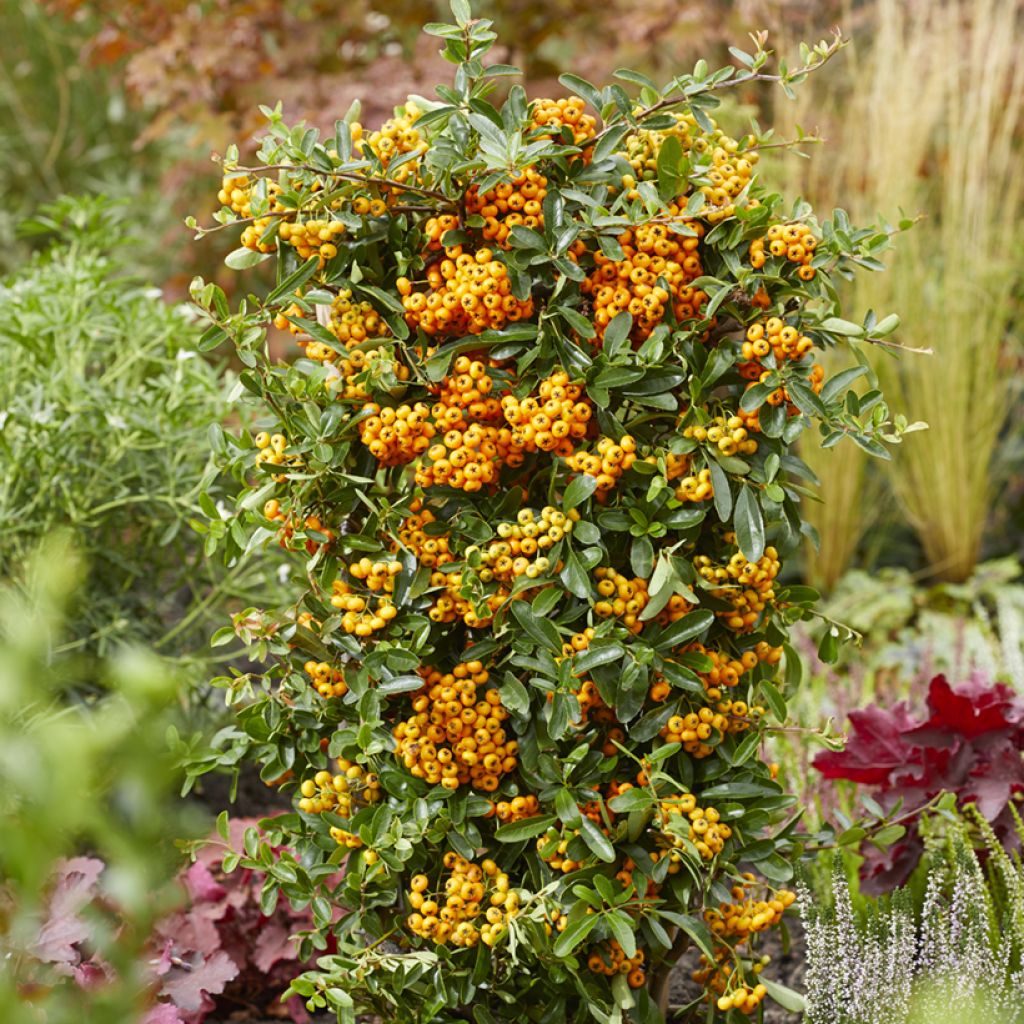

Pyracantha coccinea Sunny Star
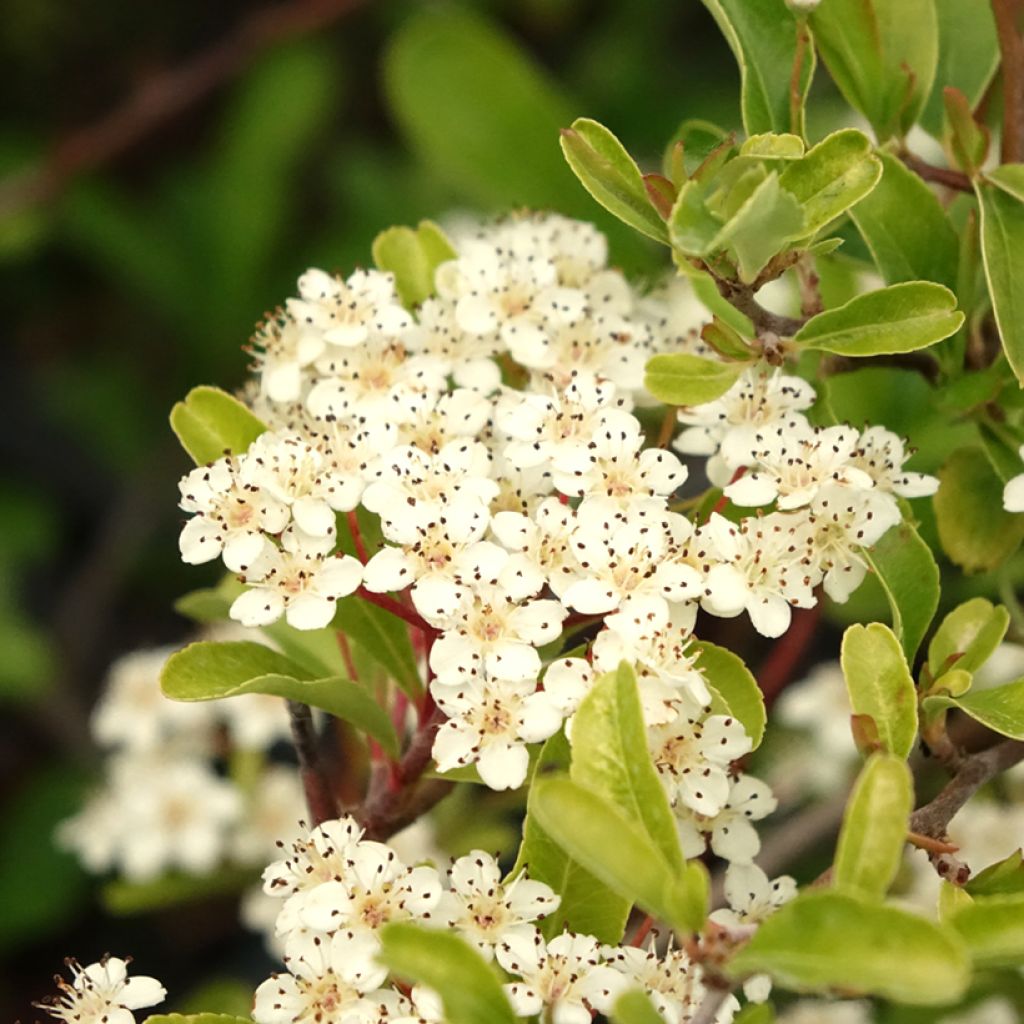

Pyracantha coccinea Sunny Star


Pyracantha coccinea Sunny Star
Pyracantha coccinea Sunny Star
Pyracantha coccinea 'Sunny Star' PBR EU 63870
Scarlet Firethorn
Special offer!
Receive a €20 voucher for any order over €90 (excluding delivery costs, credit notes, and plastic-free options)!
1- Add your favorite plants to your cart.
2- Once you have reached €90, confirm your order (you can even choose the delivery date!).
3- As soon as your order is shipped, you will receive an email containing your voucher code, valid for 3 months (90 days).
Your voucher is unique and can only be used once, for any order with a minimum value of €20, excluding delivery costs.
Can be combined with other current offers, non-divisible and non-refundable.
Home or relay delivery (depending on size and destination)
Schedule delivery date,
and select date in basket
This plant carries a 24 months recovery warranty
More information
We guarantee the quality of our plants for a full growing cycle, and will replace at our expense any plant that fails to recover under normal climatic and planting conditions.
Would this plant suit my garden?
Set up your Plantfit profile →
Description
Pyracantha coccinea 'Sunny Star' is a recent variety that is less thorny than the classic varieties of firethorns, traditionally used in defensive hedges. In spring, numerous white flowers appear, attracting pollinating insects. They produce yellow-orange berries that persist on the bush for a long time, contributing to its decorative appearance. Its fruits also bring joy to birds, providing them with a food reserve in winter. This evergreen shrub retains its leaves all year round. Plant it in an informal hedge, a flower bed, a container, or train it against a wall. Adapting to all types of soil and growing well in both full sun and partial shade, it is one of the easiest plants to succeed with!
Belonging to the Rosaceae family, Pyracanthas are native to Asia and southern Europe. Due to its thorny branches, it was traditionally planted in defensive hedges. However, its decorative berries that bring joy to birds and its nectar-rich flowering make it valuable for garden biodiversity. 'Sunny Star' is a recent Dutch variety, 2020, obtained by Van der Sar VOF. This shrub has an upright and bushy habit, reaching 2 to 3 m in height and 1.5 m in width. Its branches are less thorny than most pyracanthas. Its evergreen leaves are a beautiful dark green. In May-June, a multitude of clusters of white flowers form, particularly attractive to pollinators. They develop into round berries, initially green then turning yellow before becoming orange with the arrival of cold weather. These non-edible fruits remain on the bush for a long time, until Christmas and even beyond. Cut a few branches to enhance your bouquets.
This less thorny variety is less suitable for planting in defensive hedges compared to traditional varieties. However, it finds a place in passageways or near terraces. It will thrive in a large container or a flower bed alongside flowering shrubs. Its branches can also be trained like a climber. Pyracantha 'Sunny Star' is a shrub that contributes to attracting biodiversity to the garden: insects pollinate its flowers and birds love its decorative fruits during winter. Incorporate it into a countryside hedge designed to provide food and refuge for garden birds. Combine Pyracantha 'Sunny Star' with other useful shrubs such as 'Perpetu Everest' Crab Apple Tree and Guelder Rose Viburnum.
Pyracantha coccinea Sunny Star in pictures
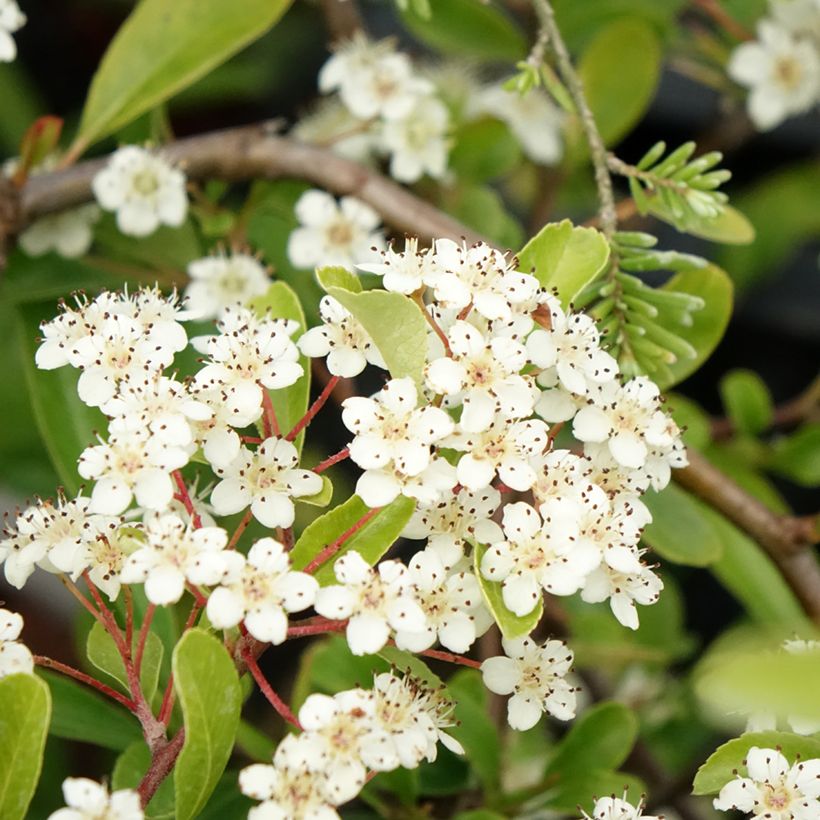

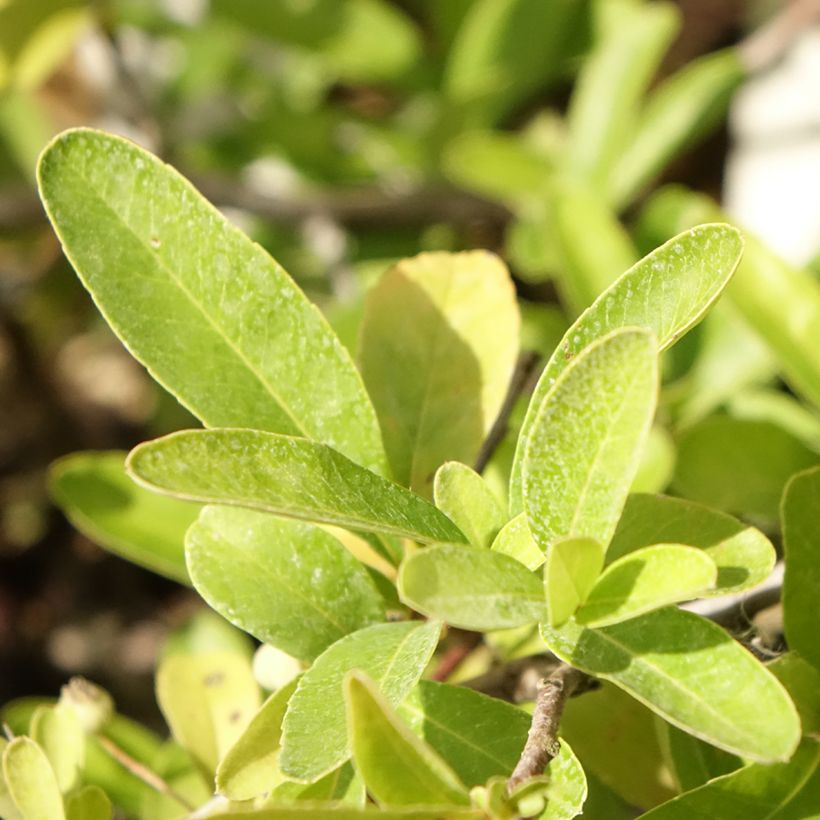

Plant habit
Flowering
Foliage
Botanical data
Pyracantha
coccinea
'Sunny Star' PBR EU 63870
Rosaceae
Scarlet Firethorn
Cultivar or hybrid
Planting and care
The 'Sunny Star' Pyracantha thrives in sunny or partially shaded positions, sheltered from the wind. It adapts to almost all types of soil, with a preference for fertile and well-drained, acidic or neutral soils. The bush is hardy and withstands summer drought once established. In the case of very poor or rocky soil, add planting compost to mix with the existing soil. Water regularly during the first two years after planting, especially during hot and dry periods. This hardy bush requires no special care, except for occasional pruning, which should be light and carried out after flowering.
Planting period
Intended location
Care
Planting & care advice
This item has not been reviewed yet - be the first to leave a review about it.
Similar products
Haven't found what you were looking for?
Hardiness is the lowest winter temperature a plant can endure without suffering serious damage or even dying. However, hardiness is affected by location (a sheltered area, such as a patio), protection (winter cover) and soil type (hardiness is improved by well-drained soil).

Photo Sharing Terms & Conditions
In order to encourage gardeners to interact and share their experiences, Promesse de fleurs offers various media enabling content to be uploaded onto its Site - in particular via the ‘Photo sharing’ module.
The User agrees to refrain from:
- Posting any content that is illegal, prejudicial, insulting, racist, inciteful to hatred, revisionist, contrary to public decency, that infringes on privacy or on the privacy rights of third parties, in particular the publicity rights of persons and goods, intellectual property rights, or the right to privacy.
- Submitting content on behalf of a third party;
- Impersonate the identity of a third party and/or publish any personal information about a third party;
In general, the User undertakes to refrain from any unethical behaviour.
All Content (in particular text, comments, files, images, photos, videos, creative works, etc.), which may be subject to property or intellectual property rights, image or other private rights, shall remain the property of the User, subject to the limited rights granted by the terms of the licence granted by Promesse de fleurs as stated below. Users are at liberty to publish or not to publish such Content on the Site, notably via the ‘Photo Sharing’ facility, and accept that this Content shall be made public and freely accessible, notably on the Internet.
Users further acknowledge, undertake to have ,and guarantee that they hold all necessary rights and permissions to publish such material on the Site, in particular with regard to the legislation in force pertaining to any privacy, property, intellectual property, image, or contractual rights, or rights of any other nature. By publishing such Content on the Site, Users acknowledge accepting full liability as publishers of the Content within the meaning of the law, and grant Promesse de fleurs, free of charge, an inclusive, worldwide licence for the said Content for the entire duration of its publication, including all reproduction, representation, up/downloading, displaying, performing, transmission, and storage rights.
Users also grant permission for their name to be linked to the Content and accept that this link may not always be made available.
By engaging in posting material, Users consent to their Content becoming automatically accessible on the Internet, in particular on other sites and/or blogs and/or web pages of the Promesse de fleurs site, including in particular social pages and the Promesse de fleurs catalogue.
Users may secure the removal of entrusted content free of charge by issuing a simple request via our contact form.
The flowering period indicated on our website applies to countries and regions located in USDA zone 8 (France, the United Kingdom, Ireland, the Netherlands, etc.)
It will vary according to where you live:
- In zones 9 to 10 (Italy, Spain, Greece, etc.), flowering will occur about 2 to 4 weeks earlier.
- In zones 6 to 7 (Germany, Poland, Slovenia, and lower mountainous regions), flowering will be delayed by 2 to 3 weeks.
- In zone 5 (Central Europe, Scandinavia), blooming will be delayed by 3 to 5 weeks.
In temperate climates, pruning of spring-flowering shrubs (forsythia, spireas, etc.) should be done just after flowering.
Pruning of summer-flowering shrubs (Indian Lilac, Perovskia, etc.) can be done in winter or spring.
In cold regions as well as with frost-sensitive plants, avoid pruning too early when severe frosts may still occur.
The planting period indicated on our website applies to countries and regions located in USDA zone 8 (France, United Kingdom, Ireland, Netherlands).
It will vary according to where you live:
- In Mediterranean zones (Marseille, Madrid, Milan, etc.), autumn and winter are the best planting periods.
- In continental zones (Strasbourg, Munich, Vienna, etc.), delay planting by 2 to 3 weeks in spring and bring it forward by 2 to 4 weeks in autumn.
- In mountainous regions (the Alps, Pyrenees, Carpathians, etc.), it is best to plant in late spring (May-June) or late summer (August-September).
The harvesting period indicated on our website applies to countries and regions in USDA zone 8 (France, England, Ireland, the Netherlands).
In colder areas (Scandinavia, Poland, Austria...) fruit and vegetable harvests are likely to be delayed by 3-4 weeks.
In warmer areas (Italy, Spain, Greece, etc.), harvesting will probably take place earlier, depending on weather conditions.
The sowing periods indicated on our website apply to countries and regions within USDA Zone 8 (France, UK, Ireland, Netherlands).
In colder areas (Scandinavia, Poland, Austria...), delay any outdoor sowing by 3-4 weeks, or sow under glass.
In warmer climes (Italy, Spain, Greece, etc.), bring outdoor sowing forward by a few weeks.






























